Sew Yourself or Get a Designer?
11/7/20243 min read
Not all dress designs are created equal. Some designs are great for explorative beginners or an intermediate seamstress, while others are a big stretch. Sometimes it can be hard to tell just looking at a dress, or pattern, what is going to be doable vs. over your head. So whether you’re looking for a project that is at your level, or trying to evaluate if you can make the design you’re picturing, here are some dress elements and our assessment if they’re beginner friendly.


Loose silhouette: The less form fitting the design is, the more room for error you have. In a loose dress, measuring or cutting slightly wrong isn’t going to ruin your dress.
Elastic waists: Elastic is easier to sew then buttons, a zipper, or really any type of closure. It also makes fitting the dress easy since you don’t have to get the elastic size exactly right.
Rouched bodice: Rouching is a design element that can add detail and “look fancy”, but actually makes fitting the bust, one of the hardest parts to fit, easier to create. Rouching is done with gathering, so it’s straightforward to sew. It adds fullness in the bust, so you don’t have to worry about getting bust darts to lie just right.
Wrap around dresses: Wrap dresses avoid 2 major struggles for newer sewists. First, you don’t have to put in a zipper. Second, you don’t have to get the fit perfect. Because you just wrap these around your body, they’re going to be much more forgiving if your sizing is slightly off.
Slits: These look sexy and can elevate a dress, but are actually quite easy to sew. Most slits are a continuation of a seam and are as simple as sewing two straight edges.
Ruffles: Similar to rouching, a ruffle is a piece that is gathered on just one side. These are easy to cut and forgiving if you don’t get the gathers perfectly spaced. They can add whimsy and detail to an otherwise really simple dress.
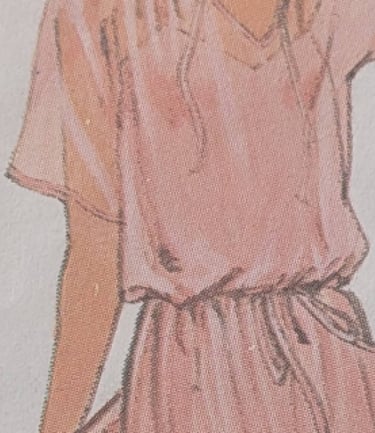

Great for Beginners

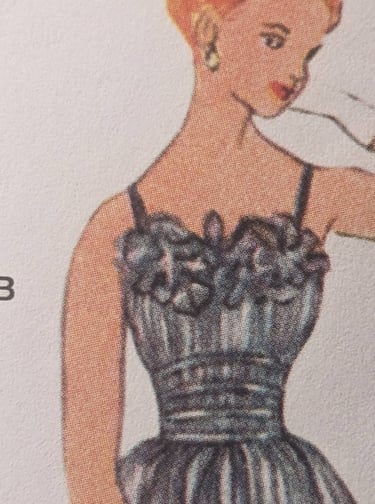
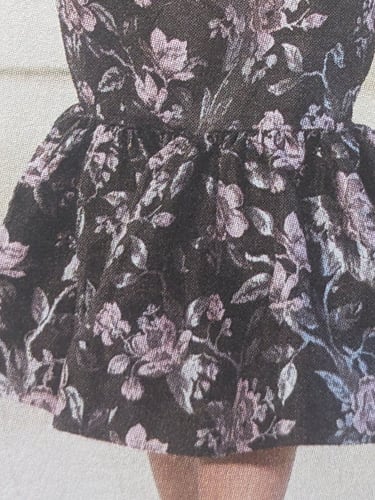

Corset or bustier: Both of these are a challenge in fit and sewing skill. These require boning to be added for structure, include many small pieces that need exact measurements, and often include visible stitching. These take a lot of accuracy and time to make sure they come out looking polished.
Very fitted bodice: If you’re working with non-stretchy fabrics and are looking for a tight bodice, it’s going to be a challenge to fit well. Measurements need to be exact and darts will be used to get the best fit.
Collars: Fitting collars takes accuracy and patience. This involves sewing together to differently shaped pieces of fabric together and often requires a bit of tug-of-war to get it to lay just right.
Pleating: One to two pleats is not a big deal, but consider carefully before committing to a whole row of pleats. For cohesive pleats that are sized equally you’ll need to measure and press repeatedly for the desired look.
Flounces: Not to be confused with ruffles, these require the fabric to be cut in a circle or spiral. If you want a uniform, long flounce, you’ll need to carefully decide the sizing of your circle before cutting.
Multi-layer designs: Illusion necklines or sheer overlays are a beautiful way to add depth, but often involve using two very different fabrics together. The overlay fabric tends to be delicate and somewhat stretchy, which means it can easily be torn or warped when sewn.
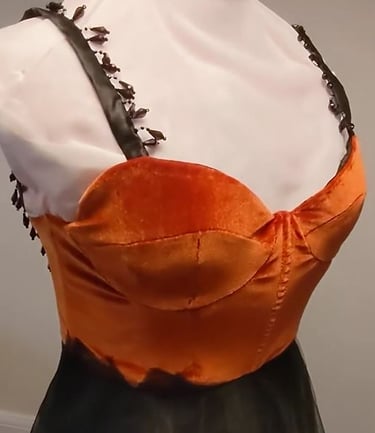

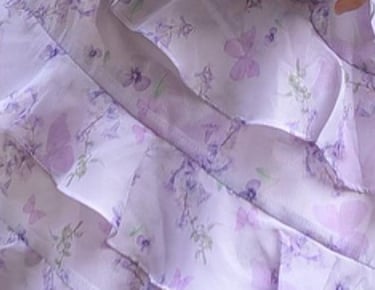

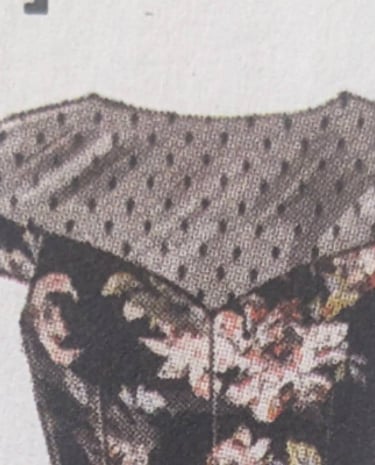

The difficulty of level of these elements really boil down to two main challenges. Getting a good fit and your technical sewing skills. If you’re not sure if you can do that design you’re dreaming up, think about scheduling a free consult with us to talk it out. Happy designing!

